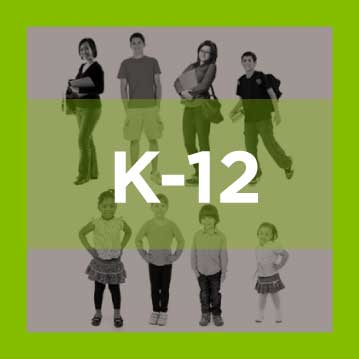One of the more popular resources on our website is our 50-State Comparison: Open Enrollment Policies, which compares open enrollment policies across the 46 states which have them. Although it may seem like an unusual candidate for such attention, school choice has been and continues to be a popular discussion topic. We recently updated the resource to include the changes made during the 2016 legislative sessions. Thanks to the generosity of the Walton Family Foundation, this resource will be updated annually for the next three years.
Open enrollment is fairly straightforward, at least on the surface. In short, open enrollment means allowing a student to attend a school or school district other than the one the student is assigned to attend. Students may be allowed to attend another school within their resident school district (intradistrict), or to transfer to another school outside of their resident school district (interdistrict). States’ open enrollment policies are either mandatory or voluntary for school districts, and several states have a combination of both. In these cases, open enrollment is generally required in low-performing districts or specific regions of the state while voluntary for school districts in the rest of the state.
Dig past these basic definitions, however, and open enrollment becomes much less uniform and straightforward. In some states, open enrollment is widely available with few limitations. Other states require some kind of open enrollment, but limit the number of open enrollment transfers in or out of a school district. In some cases, open enrollment is required for specific populations, such as children of active-duty military families or students in foster care. In just a couple of states, open enrollment is available in school districts that do not operate a school or offer all grades. Again, the differences in how states approach and implement open enrollment are stark and wide.
States do not often enact much legislation around open enrollment, and bills that are passed generally tinker around with existing policies rather than create new ones or overhaul their existing policies.
During the 2016 legislative sessions, six states passed legislation making substantive changes to their open enrollment policies. Most notably, open enrollment is not mandatory in Florida. This means that students may choose to attend any school, whether it is in their school district or not. Of course, there are some limitations around capacity and districts may give preference to a few groups. Five other states – Arizona, Indiana, Minnesota, Nebraska and Tennessee – also made changes to their open enrollment programs, mostly making relatively minor adjustments to existing programs.
For more information about open enrollment and a closer look at the 2016 legislative changes, check Education Commission of the States’ recently released policy analysis on the topic.





